Brainia snow
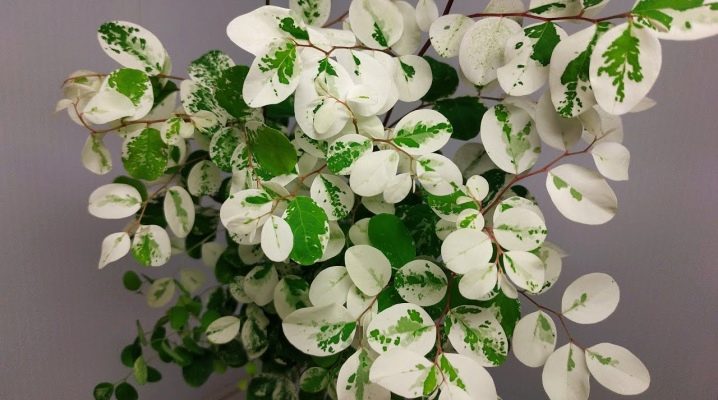
Snow breinia is not the most famous culture among gardeners. However, it is all the more important to study the very planting of a houseplant and its reproduction. It is also very important to master the care of a flower at home, the fight against its diseases and pests.
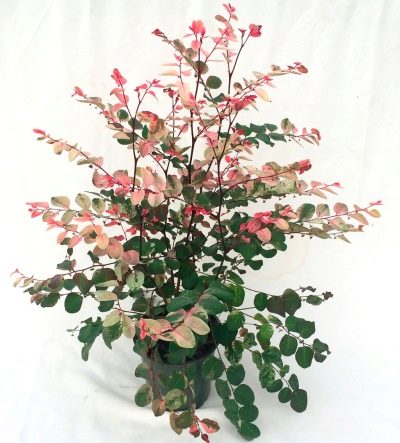
general description
Breinia snow is a perennial of the semi-deciduous type. Its height can reach 2 m. The main decorative effect, unlike a number of other indoor plants and horticultural crops, is given not by flowers, but by foliage. The shrub itself is compact. Even in the middle lane, it can be placed in open ground for the summer, but it is not recommended to do this in more northern regions.
Visually, brainia resemble a young acacia. Their stems grow straight up and are well branched. Near the base, the stem is usually lignified, and in higher areas it is covered with dense skin. Other features:
- complex structure of the sheet plate;
- leaf length up to 5 cm and width up to 2.5 cm;
- grouping of variegated leaves in the upper parts of the bushes;
- minimum exactingness to the conditions of detention and to the soil (but the earth must be loose);
- natural area - tropical regions of Asia and Australia, as well as a number of Pacific islands.
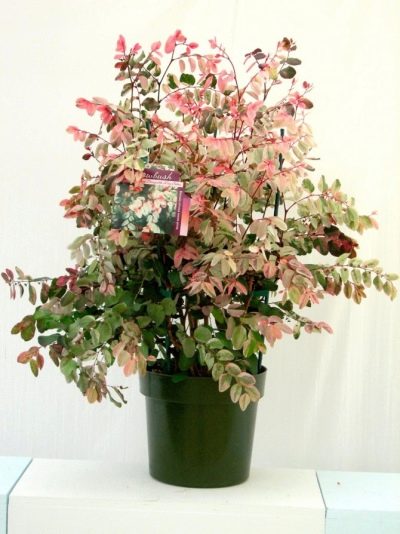
Landing
Competent control of pest infestation is very important. They check it immediately upon purchase, and then after a few days. The initial adaptation of brainia takes about 14 days, and at this moment it is necessary to keep it apart from other plants. When this period expires, the flower is transplanted, picking up the soil and capacity.
Most often, plants are delivered in tanks with a peat mixture. It is inexpensive, contains a lot of nutrients, and is quite loose. However, such a soil dries up quickly, and if it is waterlogged, it can become infected with mold.
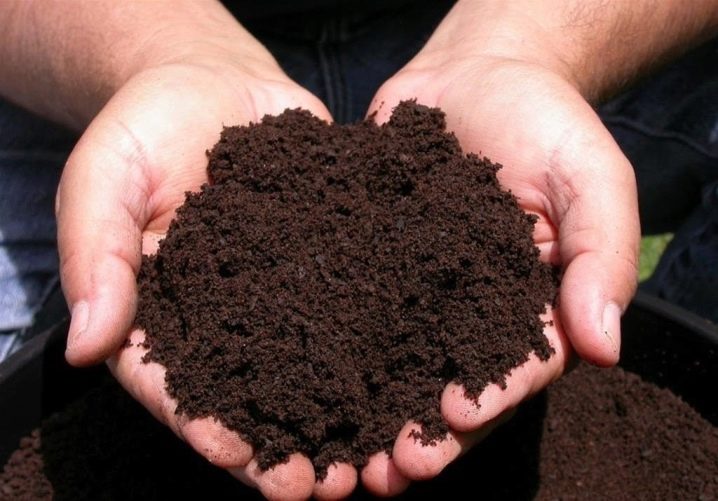
It is advisable to use an equally loose and nutritious soil. The acidity should be between 5 and 6 units.
Sand is used to improve purchased mixtures. When self-preparing the soil mixture, you must take an identical amount of sand, sod and leafy soil. There should be a drainage layer under this mixture.
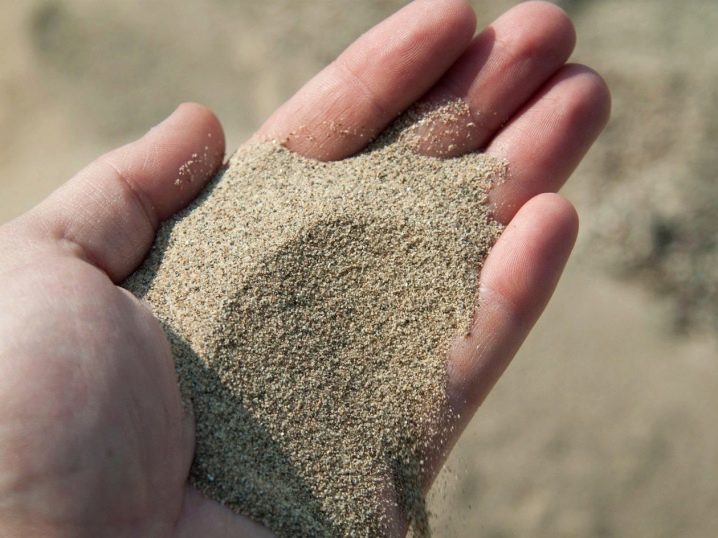
Care
You can grow brainia at home if you strictly follow the recommended conditions. The plant needs a lot of reflected sunlight. Its amount is the greater, the higher the variegation of the culture. Like other tropical plants, brainia requires systematic watering.
Due to the same natural features, the air humidity must be high enough. At the same time, a decent circulation is also required.
Since the flower develops quickly, it must be pruned to maintain its shape and ensure good health. For work, use a sharp knife or a special garden pruner (which must also be sharpened).
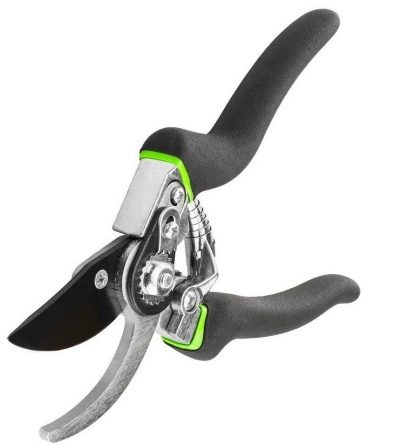
It should also be emphasized that the plant is normally pruned annually. The incisions must be made above the leaf node, always at an acute angle.
Some gardeners leave only one shoot and cut off young shoots in the lower segment of the plant. This technique allows you to get a dwarf culture with a lush crown. At the same time, when pruning, sloppy growing problem areas are always removed.
Looseness of the soil (its high level of micro-ventilation) and decent drainage are very important. Breinia should be fed twice a month during the entire growing season.
In winter, the crop does not need fertilization. They should be resumed in the spring, as soon as early signs of new growth are found.Snow brainia should be protected from direct sunlight. On the south side, in the brightest hours, it should be shaded. In winter, backlighting is specially used to increase daylight hours up to 12 hours.
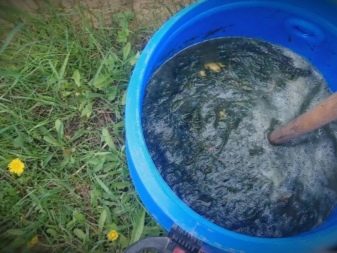
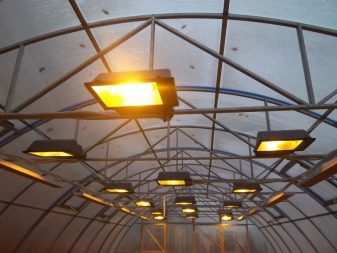
This crop is suitable for pot cultivation. The containers are placed on windowsills facing southeast or southwest. An alternative solution is to install large tubs in lighted places.
From the beginning of the weather spring to September, the air temperature should be 22-25 degrees. In the summer months, it is permissible to take the flower out to the balcony. But no drafts should be allowed there. The temperature of the content with the onset of the autumn-winter season decreases to 16 degrees.
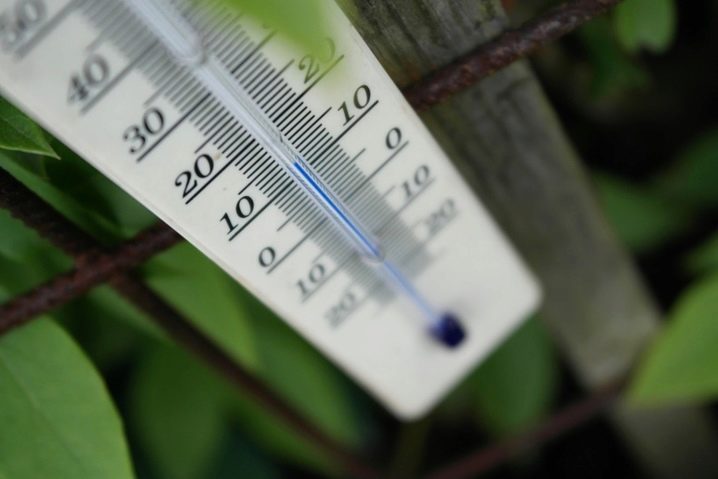
Watering should be frequent, but not too abundant in order to keep the soil lump from waterlogging. If the heat comes, you can help the plant by placing it in a tray with moistened expanded clay. In the cold season, watering should be carried out much less often, with the sole expectation that there is no complete drying out; spraying air is useful, but keeping it close to heating devices is rather harmful.
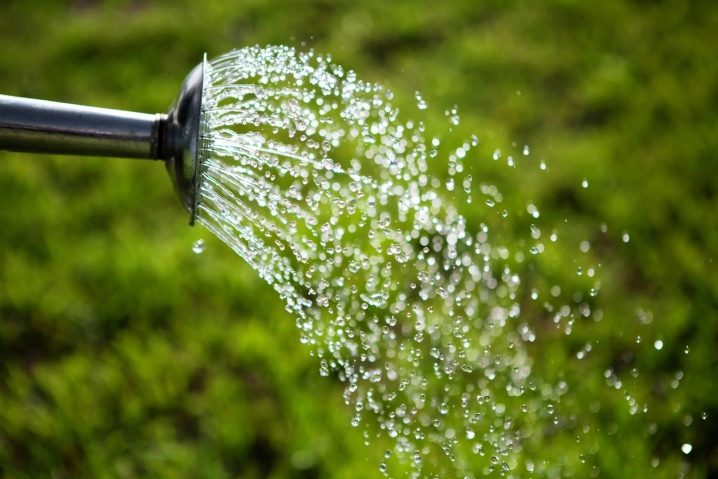
Reproduction
Under natural conditions, breinium is propagated by seeds. But in Russia this culture cannot develop full-fledged seeds. And hybrid varieties, famous for their beautiful colored foliage, generally cannot transmit varietal characteristics by inheritance. Therefore, in practice, brainy is propagated vegetatively. Cutting is considered the best option.
For this purpose, apical shoots with heels and 2-3 internodes are used. They are cut and transferred to containers with a moist substrate. Optimum rooting takes place at a temperature of +25 and above. Decent humidity is also significant at this moment. It is recommended to cover the pots with polyethylene bags or glass jars, and then water them systematically.
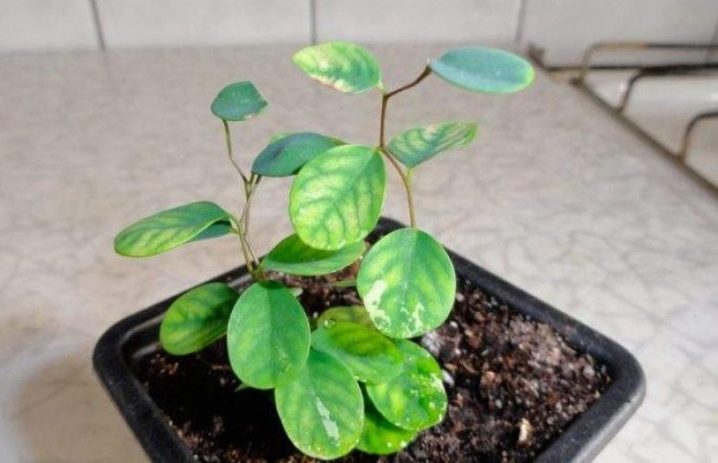
If the bushes grow strongly, they must be separated. In this case, all divisions should have a ripe rhizome. Thanks to him, the planting material will immediately grow. The best breeding time for Brainia is early spring.
Care should be taken to ensure that the rhizome does not dry out; for long-distance transportation, the seedling and a lump of moist soil are carefully wrapped with polyethylene.
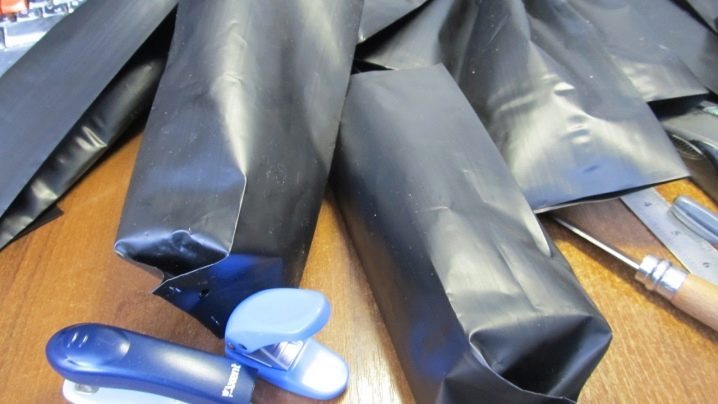
Diseases and pests
Brainia hardly suffers from bacterial and fungal infections. Harmful insects also rarely attack it. The detection of scale insects, whiteflies, thrips, or spider mites indicates that care is being taken incorrectly. Hazard protection measures are the same as for other crops. The drugs should be used in compliance with standard precautions.








































































































The comment was sent successfully.